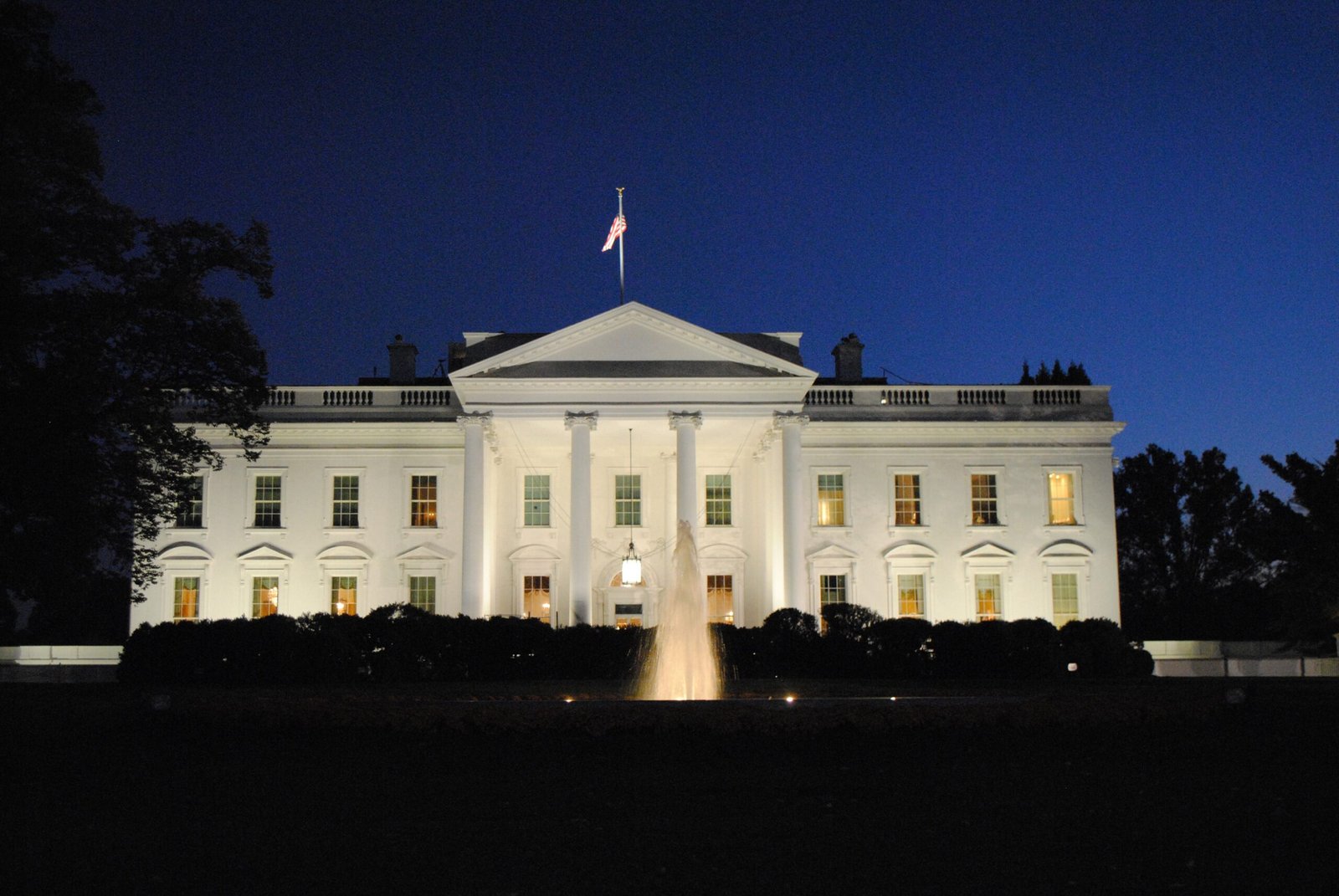Located in the heart of Washington D.C., the White House stands as a symbol of power, history, and the American presidency. This iconic building has witnessed countless historic moments and has been home to many influential leaders of the United States.
1. Executive Mansion
The White House, also known as the Executive Mansion, was designed by Irish-born architect James Hoban and was completed in 1800. It has since undergone several renovations and expansions, but its distinctive neoclassical design with its white sandstone walls has remained unchanged.
As one of the most recognized buildings in the world, the White House attracts millions of visitors each year. However, gaining access to the interior is no easy feat. Only a select few are granted the opportunity to step inside and experience the grandeur and history that lies within.
2. Room
Inside the White House, visitors can explore the public rooms, such as the State Dining Room, the Blue Room, and the Oval Office. These rooms are not only beautifully decorated but also hold significant historical importance. They have been the backdrop for important meetings, state dinners, and even private family moments of past presidents.
One of the most famous rooms in the White House is the Oval Office. This is where the President of the United States conducts official business, meets with foreign leaders, and makes critical decisions that shape the nation. The Oval Office has been occupied by many influential figures, each leaving their mark on the room’s decor and history.
3. Collection
Beyond its architectural beauty and historical significance, the White House is also home to a vast collection of art and artifacts. The White House Art Collection features works by renowned American artists such as Gilbert Stuart, John Singer Sargent, and Georgia O’Keeffe. These artworks not only enhance the aesthetic appeal of the building but also serve as a reflection of American culture and history.
4. Existence
Throughout its existence, the White House has seen its fair share of challenges and triumphs. It has survived fires, wars, and even an invasion during the War of 1812. Each president who has resided within its walls has left their own unique mark on the building, making it a living testament to the ever-evolving nature of American democracy.
Today, the White House continues to serve as the official residence and workplace of the President of the United States. It is a symbol of democracy, power, and the enduring spirit of the American people. Whether you’re a history enthusiast or simply curious about the inner workings of the American government, a visit to the White House is a must.
So, next time you find yourself in Washington D.C., take a moment to marvel at the grandeur of the White House. As you stand in front of this iconic building, remember the countless stories it holds within its walls and the pivotal role it plays in shaping the history of the United States.
Read More : Bali Island stuning Place
Read More : Grand Canyon
